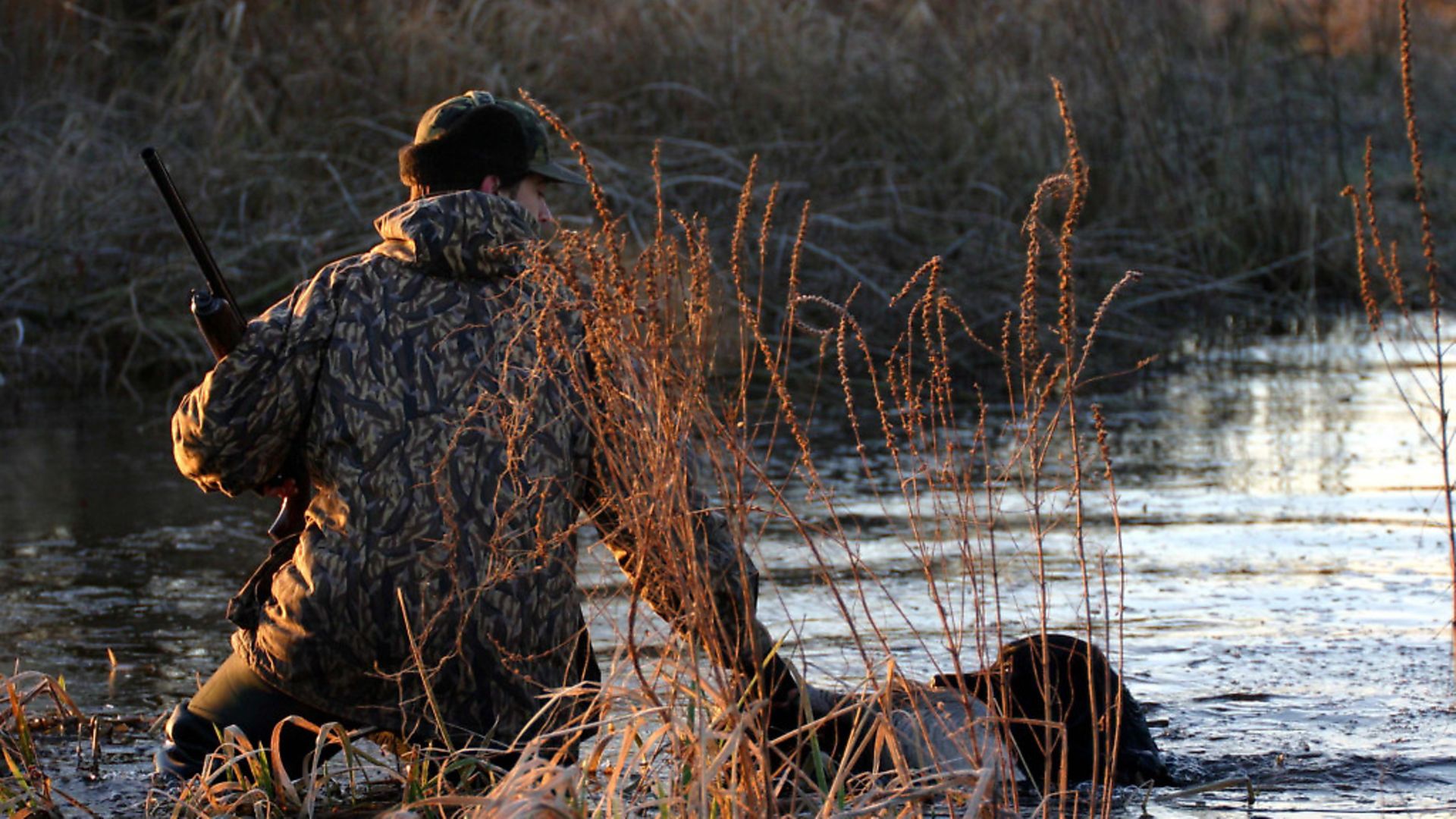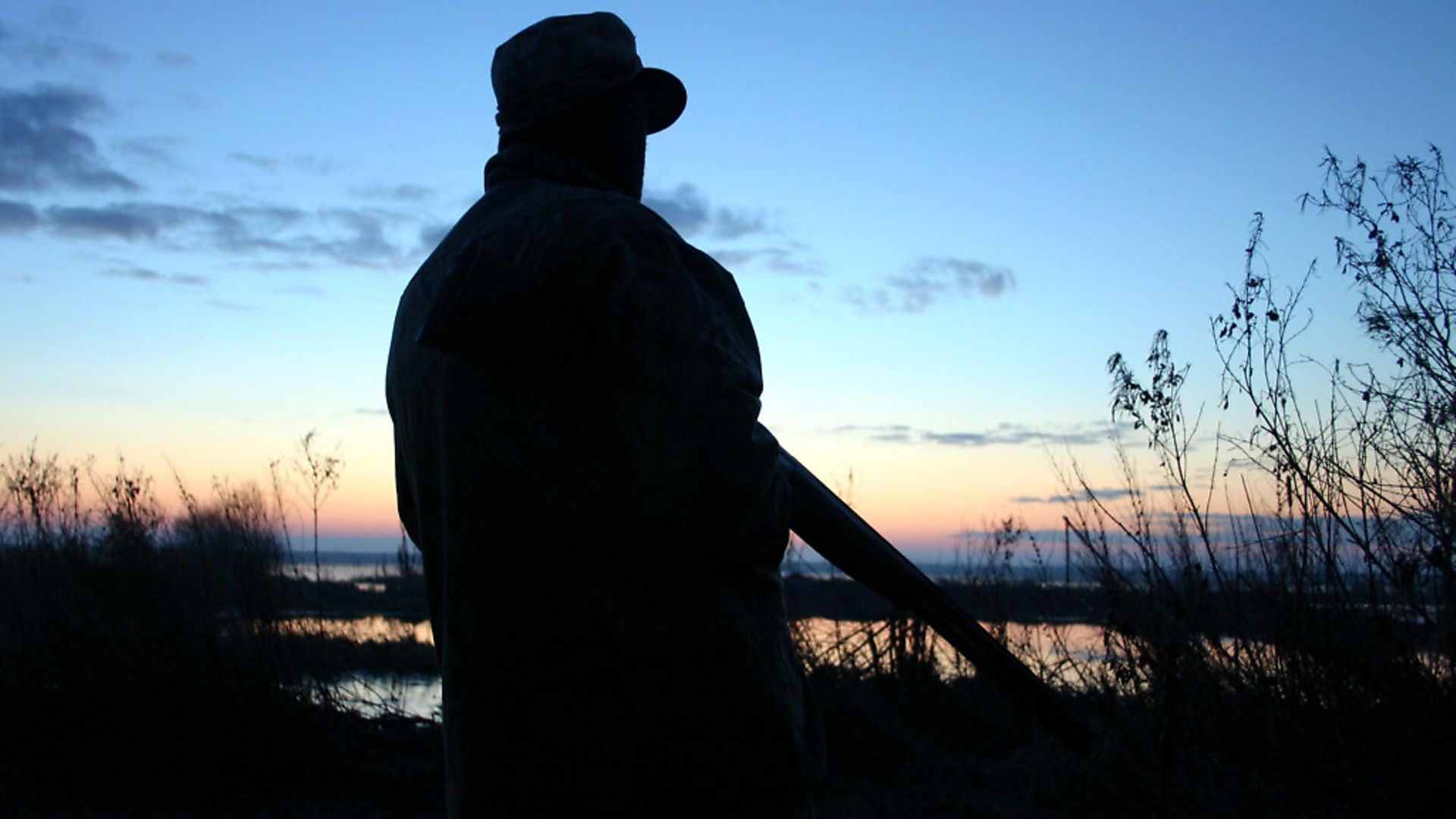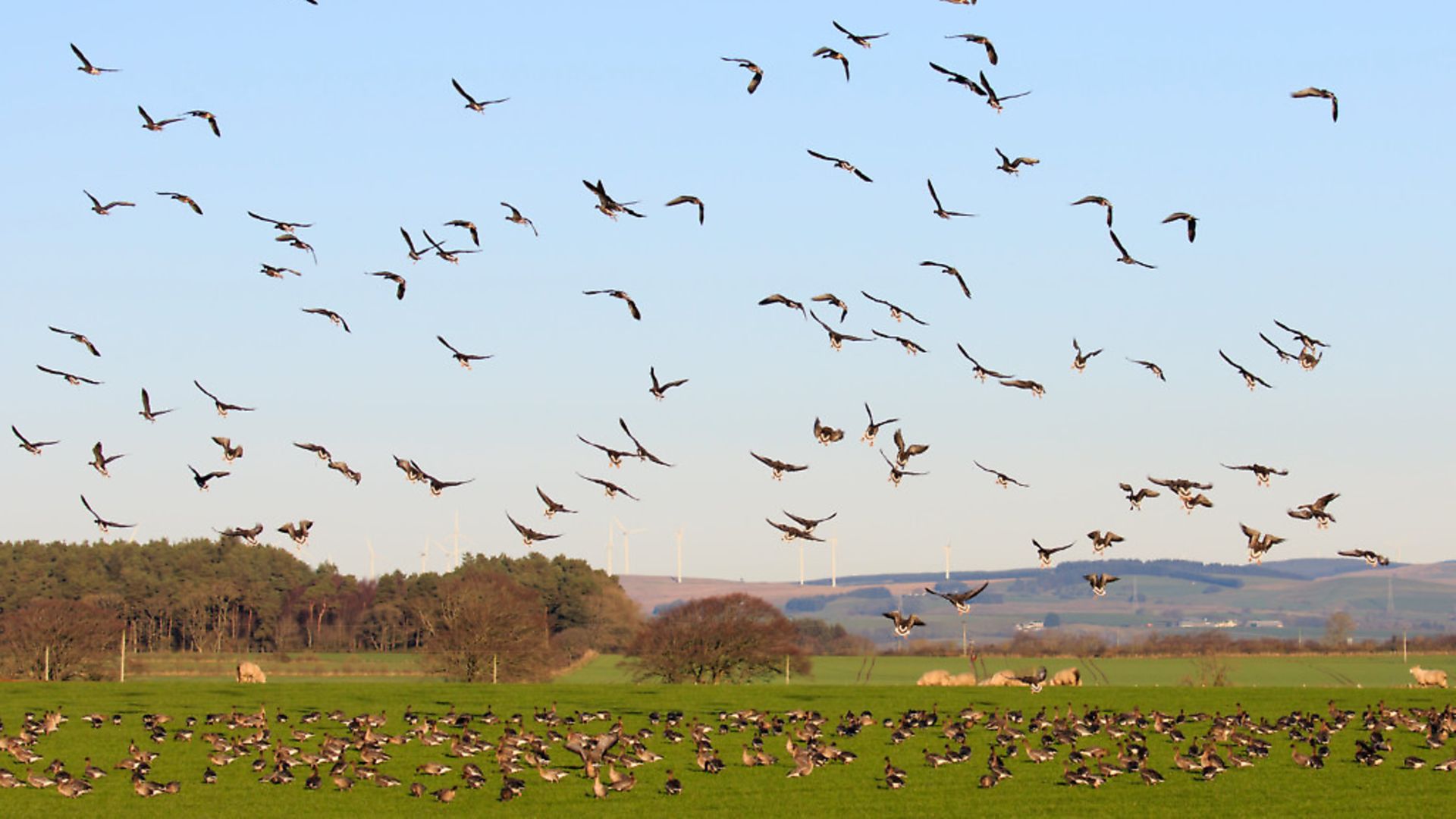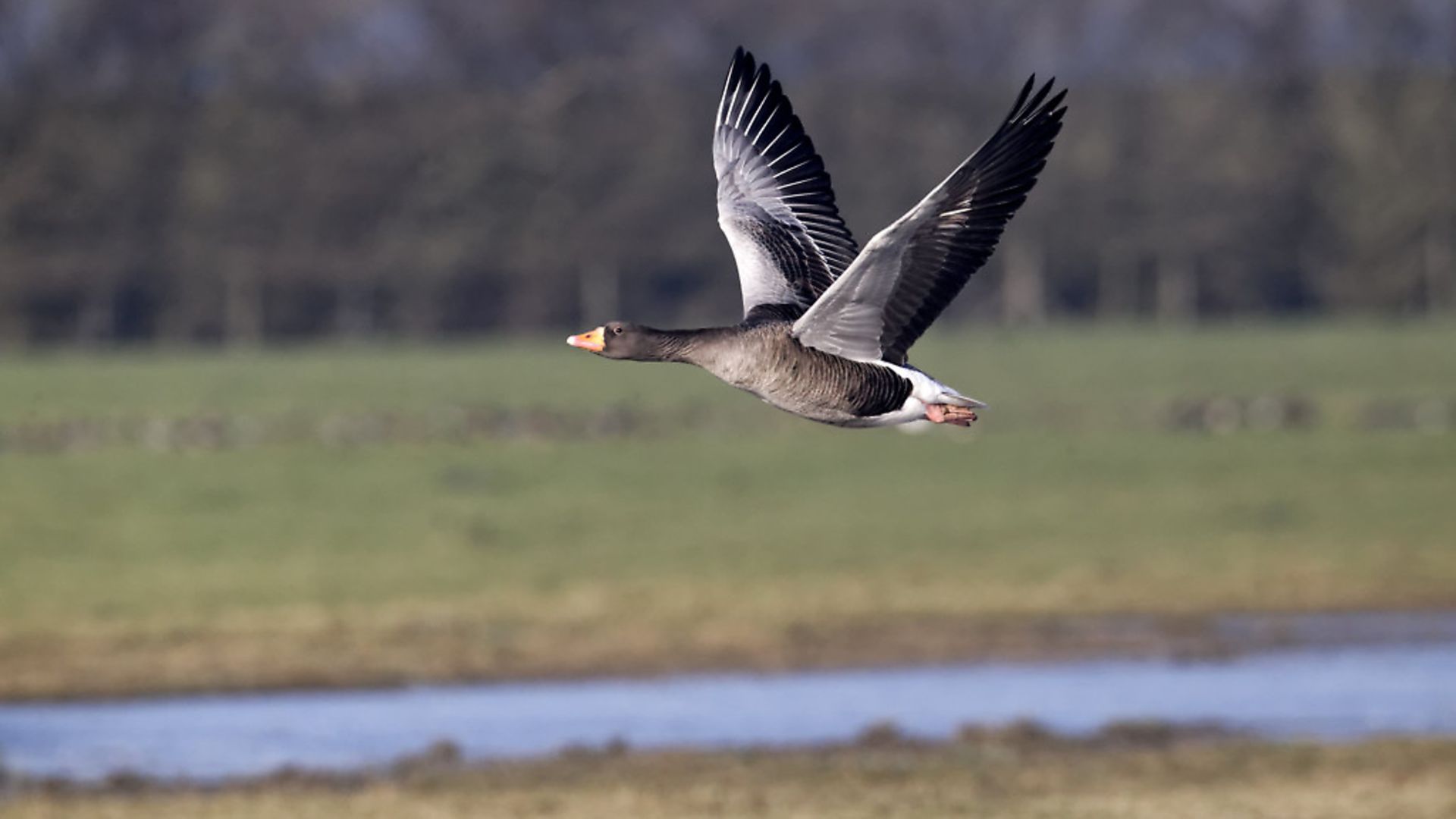A lifetime on the Orkney Islands gave Kenny Mason a deep understanding of the local geese; here, we gain a fascinating insider’s perspective on Orkney geese
 credit: Archant
credit: Archant
We were pondside, just over the beach from the sea. Twilight was fading into dusk as expectations grew high. It was a quiet evening. There was not much breeze, but it wasn’t a shooter’s night either. However, the pond had been both fed and left unshot for three weeks, so we were hopeful of a good flight. Away over the firth, the pinks were returning to roost after a day’s foraging further north in the isles. Their melodious flight was joined by groups of greylag heading back to a safe haven – or so they thought!
Minutes later, we heard the distant crump of multiple shots. The goosie boys were on the job that night, but like us, they had waited and waited for dusk to become darkness. Usually, the evening stirrings unravel in sequence. First, the whaup (curlew) sounds his signature call of ‘beuy-beuy, beuy-beuy’ as he slips past. Then, a teeo’s (lapwing) wing rasps through the air on his downward gyrations. Not long now.
Barrel clear, check. Ammo in, safety on.
Much later, a plover powering past nearly took my head off. I neither saw it coming nor going. All was silent. After some time, we went gun safe, got the lights and went to pick-up.
Two teal and a wigeon was our bag for the flight – a disappointment, but not a blank. We were both convinced that we had downed a stocker (mallard) at 30 yards and two wigeon at 20, but we picked them up less than 10 yards away, such was the distortion of size and distance in the poor light. Duck were coming in too close to shoot, then disappearing in a cloud, and were too quick to sight on with any confidence. The birds arrived incredibly late, and this was only the start of the season.
On the way home, we again tried to dissect the reason for lateness of duck and, indeed, the scarcity of mallard on our few ponds. Are their numbers not swelled by Scandinavian birds any more? Is the local breeding population stable? We are drawn inexorably to the conclusion that the constant disturbance of the organised shoots has a huge impact on all duck behaviour.
Goose behaviour has changed too. A few years ago, they would come in for an evening flight with enthusiasm onto fed ponds. And no bag was complete without a few. But they have changed their ways, now largely avoiding fed ponds at dusk in favour of flying much later in the evening and feeding normally under the moon.
The visiting shooters are there to enjoy what the isles offer: a plentiful supply of wild geese, especially greylags; and a goodly number of wintering pinkfoot. It’s good sport, and who can blame them because it’s what the local wildfowlers want too. It’s been a relatively new experience for us, for in the near past, no geese wintered or even bred there.
 credit: Archant
credit: Archant
The flights are a-changing!
Evocative words, evocative memories. I remember as a lad in the late ‘50s (and yes, you can get the violins out and play the Hovis advert too!), watching the skeins of September geese heading south over the islands to mainland Scotland’s carses and estuaries for overwintering.
First to fly over were the musical pinkfeet, followed a bit later by the greylags. Some would be exhausted by the equinox’s blast and land for a stopover rest. A very few would fall prey to the hunter’s gun, ensuring an iconic status for the lucky shooter.
Then in the early 1980s, the greylags started to linger a bit. A few wounded, relatively flightless birds overwintered successfully and they, with the help of a few ferals (it is hard to say), started to build a breeding population. They were incredibly successful, so much so that by today, we have a breeding population of thousands in Orkney. They do not move far out of the islands, but a portion will join migrants and move furth of the islands, some of which return. A locally tagged bird I had shot revealed that it was four years old, was bred in a brood of six and had, before its demise, travelled twice to Norfolk and back, while its siblings had barely moved at all. Our current island overwintering population is over 80,000; the geese are the bane of farmers’ lives and a joy to visiting wildfowlers.
Farmers are the victims of their own success and very adaptable too. In the late ‘50s, Orkney egg production was at its highest with millions of eggs sent south to market weekly (no battery cages in vogue) and education was paramount. Our main exports were eggs and professors.
With climate change bringing in milder conditions for grass growing (we now only have nine months of winter and three months of bloody awful weather), the beef/sheep industry is now everything. And as such, in-season geese are having to share their pastures with thousands of sheep and beef cattle – not something that a progressive industry wants.
Where do I come in? As I write these words, it is spring and I should have been on a farm walking and stalking greylag with an Anchutz .17, trying my best to eliminate the breeding pairs and move the rest on to some other land (12 geese will consume the same quantity of grass that one sheep will). This is what I would have done yesterday and tomorrow and the next day too if it were not for the current lockdown.
The control of geese in Orkney is aimed at reducing the number of local breeding birds already here and not influencing the numbers of migratory birds overwintering. Extending licences beyond the end of season and opening the season one month earlier are the current options. Egg oiling is favoured too.
The maritime heathland that the farm keeps will soon be alive with all our common breeding birds. Already, geese are laying there, and it is not uncommon for the earliest to hatch in April; others will follow right through until June. Geese are very territorial, and I fear that their presence hinders numbers of breeding duck. Geese are dedicated parents, and once their delightfully fluorescent-coloured brood is hatched, the family head to the sea, never straying too far from these islands, and later forming a substantial crèche in quiet sounds and bays. It is ironic that some fall prey to the bonxie (great skua), globally scarce and universally disliked, who also breed here in substantial numbers.
 credit: Getty Images/iStockphoto
credit: Getty Images/iStockphoto
Coronavirus
The result of our isolation at home and social distancing is that there will be little effective management of breeding geese this spring, no egg oiling and little shooting control. Consequently, the local goose population will blossom further.
So, we welcome all goose hunters to the Orkney Islands. Your contribution to controlling numbers is important, as indeed is your contribution to the economy. Your enjoyment is a guarantee. Just remember that there are unintentional consequences of your activity which impacts all wildfowling here. I, for one, will be living on carrots in the hope that my eyesight matches that of a duck’s in night-vision mode.
 credit: Getty Images/iStockphoto
credit: Getty Images/iStockphoto